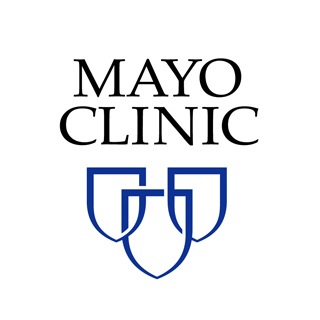
The augmented precision of STATISCOM over the SISCOM method, used formerly, supposedly enhances surgical correctness and boosts the likelihood of seizure freedom for patients suffering from epilepsy. Epilepsy is said to be a disorder which is typified by an incidence of two or more seizures, and apparently over 3 million Americans suffer from this disorder.
Elson So, M.D., a Mayo Clinic epileptologist and an author of this paper, commented, “About 10 percent of patients with epilepsy have very frequent seizures that are not controlled by medication and adversely affect their quality of life. These patients should be evaluated for epilepsy surgery. In doing so, it is imperative that we can clearly and distinctively pinpoint seizure location in the brain. In many cases, the standard tests of MRI and EEG cannot do so.â€
The scientists in Mayo Clinic had apparently developed SISCOM formerly or subtraction ictal SPECT coregistered to MRI, as an instrument for assessing epilepsy surgery. In this technique a SPECT, or single-photon emission computerized tomography, scan taken during a seizure and resting scan is compared together.
The dissimilarities in the two scans are apparently charted onto an MRI, weighing the importance on the functioning seizure areas. Mayo Clinic researchers comprehended that a drawback of SISCOM is that it supposedly does not report the usual disparity in blood flow in a patient’s brain from minute-to-minute. This is believed to have resulted in the growth of STATISCOM, or statistical ictal SPECT coregistered to MRI. STATISCOM is said to include the stage of considering these usual ariations, and supposedly factors this into the subtraction procedure. The outcome is thought to be a more precise classification of the active seizure regions in a patient’s brain.
Dr. Elson So, quoted, “Every individual’s brain waves, blood flow and heart rate vary from minute to minute, even second to second. By recognizing this with STATISCOM, we are able to show a result that is much more distinctive and clear with regard to seizure localization. In fact, the accuracy of the ‘hot spot’ within the temporal lobe is nearly three times better with STATISCOM than with SISCOM.â€
Dr. So mentioned, “If we are able to pinpoint seizure location with STATISCOM, and if that finding corresponds with the patient’s MRI and EEG studies, the likelihood of that patient benefiting from surgery is about twice greater than if the seizures cannot be localized with these means. Thus, STATISCOM is a powerful tool that will help us improve surgical accuracy and increase the probability of seizure freedom in our patients.â€
Apparently, in the Mayo Clinic study, comparing SISCOM and STATISCOM, the capability of blinded reviewers to identify an irregularity with STATISCOM was claimed to be two times better as opposed to their aptitude of diagnosing the same anomaly with SISCOM.
The new study appears in Neurology.
